
Your next innovation starts here!
Our portfolio includes products and ingredients from the leading manufacturers in the market.
With Univar Solutions, you have a dedicated and expert team to support you on your quest for innovation and growth.
A substance added to something in small quantities to improve or preserve it.


An organic compound consisting exclusively of the elements carbon and hydrogen. The carbon atoms are arranged in straight or branched chain or ring structures.

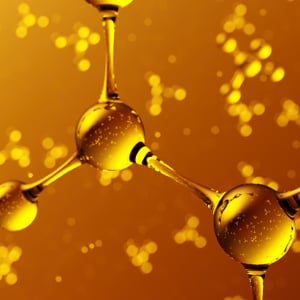
Being or composed of matter other than plant or animal: mineral.

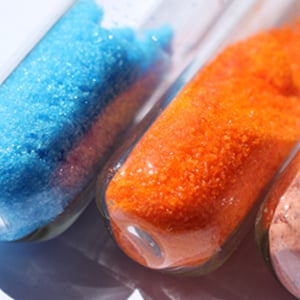
A repeating unit in a polymer chain. The term monomer is derived from the Greek word “mono” meaning one.

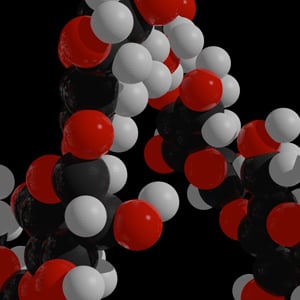
An oil is any nonpolar chemical substance that is a viscous liquid at ambient temperatures and is both hydrophobic (immiscible with water, literally "water fearing") and lipophilic (miscible with other…

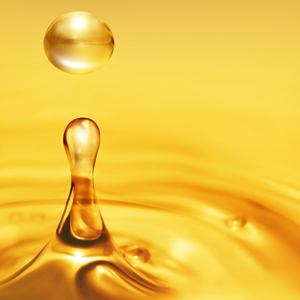
Chemicals derived from plant and animal fats. They are analogous to petrochemicals derived from petroleum.


When identical simple molecules (monomers) come together and link up in a chain-like fashion, they form a polymer. The chemical reaction that forms a polymer is called polymerization. There are natural…

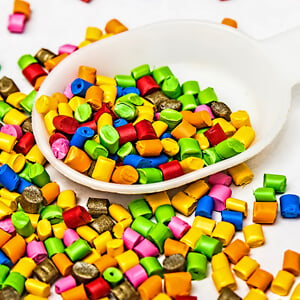
A hard, unreactive, colorless compound that occurs as the mineral quartz and as a principal constituent of sandstone and other rocks.


The particular mixture of liquids that gives the desired flow or evaporation properties.


A substance capable of dissolving another substance (solute) to form a uniformly dispersed mixture (solution) at the molecular or ionic size level. Solvents can be chosen or blended to dissolve almost…


Short for surface-active agent, surfactants are used to describe a chemical that will reduce the surface tension of water when it is added to it. This enables the water to mix with materials it would otherwise…

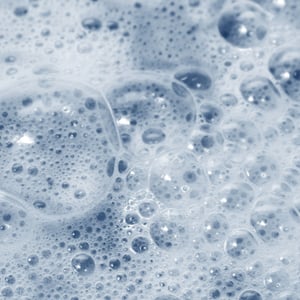

Access your SDS now through your account. New customers can request one here.


 EMEA
EMEA Latin America
Latin America North America
North America Asia
Asia